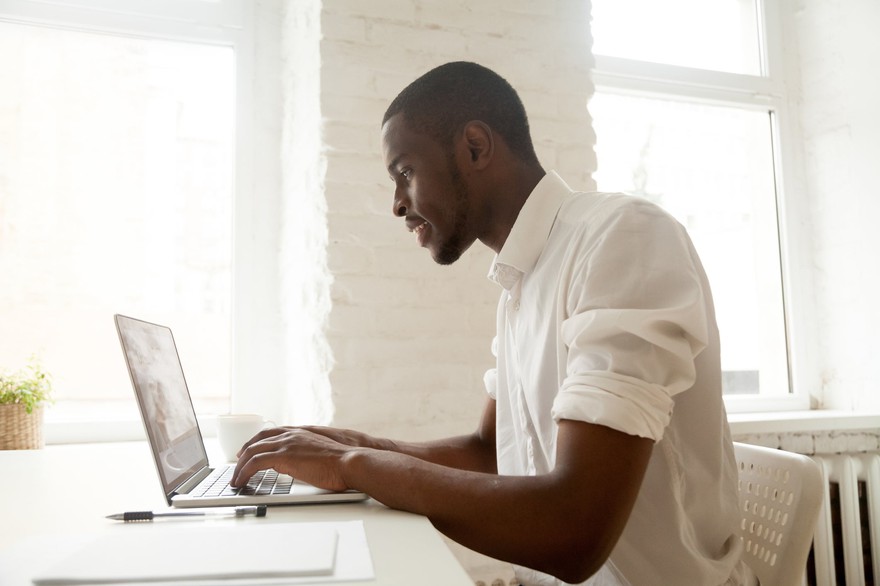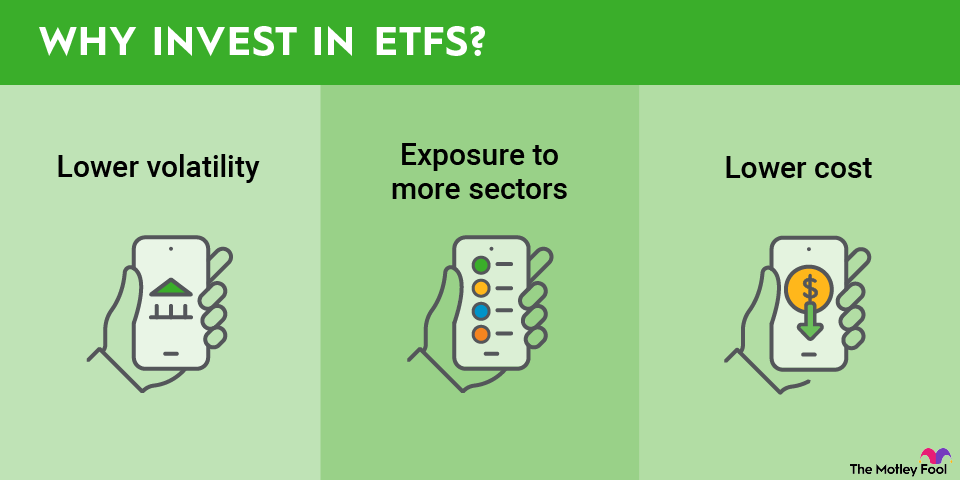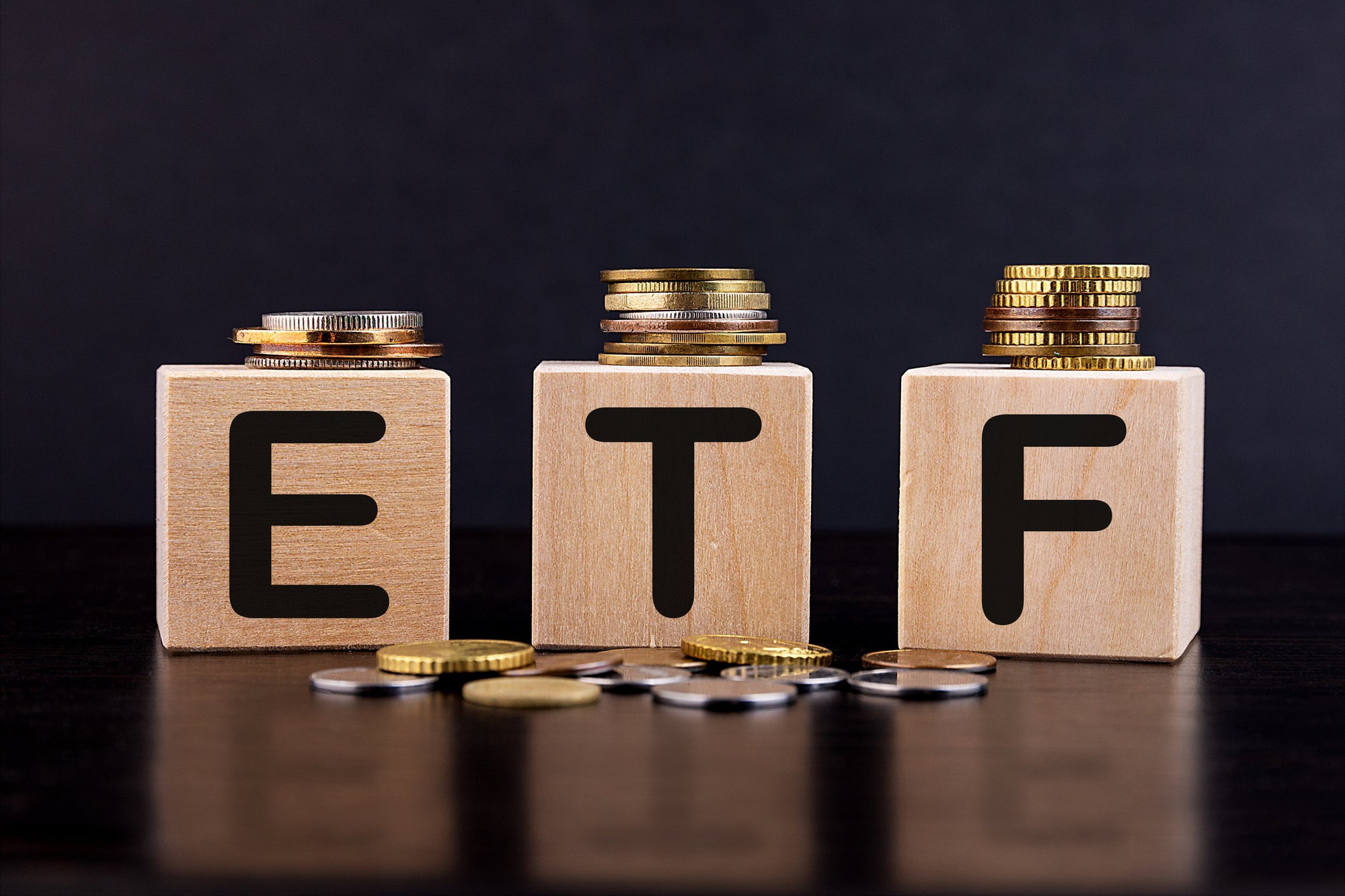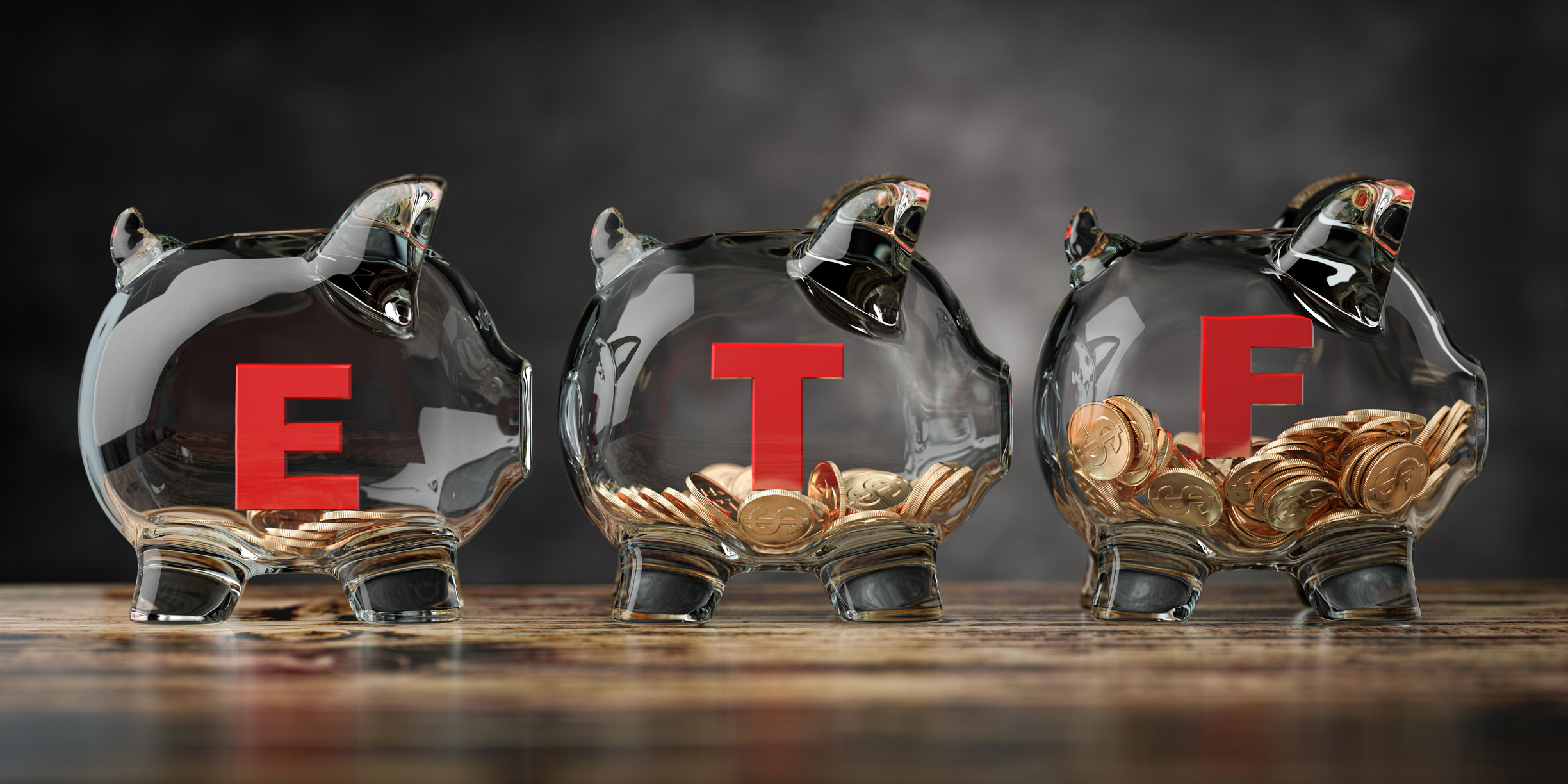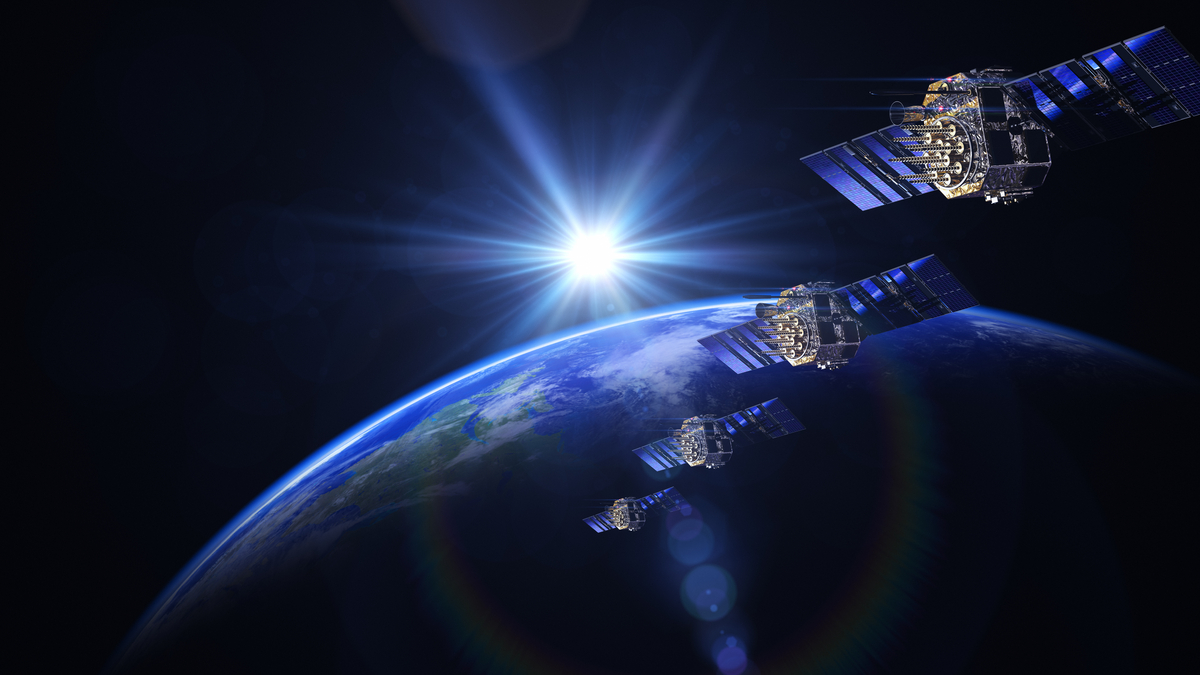Energy exchange-traded funds (ETFs) give investors exposure to one of the world’s most essential industries.
Energy underpins nearly everything in the global economy, from manufacturing and food production to shipping, cloud computing, and even charging your phone.
Most people only notice its importance when prices spike or supply gets disrupted, which is why interest in energy ETFs often rises during times of market stress or uncertainty.
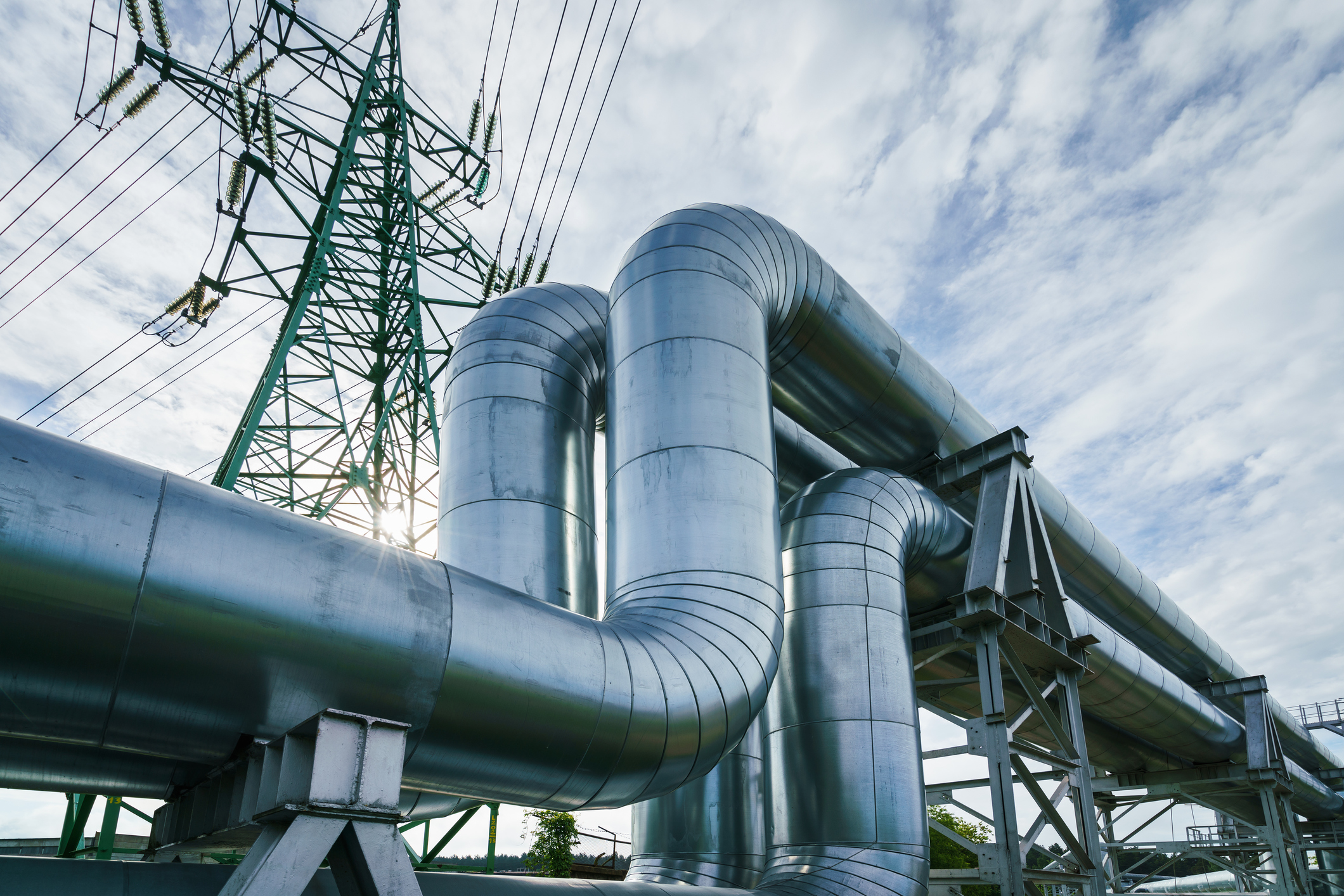
What are energy ETFs and how do they work?
An ETF is simply a basket of securities that trades on an exchange like a stock. It allows investors to buy a collection of companies in a single trade. An energy ETF focuses specifically on companies in the energy sector, typically including oil, natural gas, and renewable energy firms. These sector ETFs work by offering exposure to energy-focused indexes, which are predefined lists of companies selected and weighted according to a set of rules. That index might include, for example, the largest oil producers or most actively traded energy stocks.
An ETF that tracks such an index simply replicates those holdings and proportions, giving you the same exposure without having to pick the stocks yourself. But not all exanergy ETFs are passive. Some are actively managed, meaning a team of analysts and portfolio managers chooses the stocks to include. For energy, that could mean emphasizing certain subsectors like refiners, pipeline operators, or clean energy leaders, based on market trends or economic forecasts.
The main takeaway is this: Energy ETFs are a way to "buy the whole sector" or major parts of it in a single move, rather than trying to guess which one or two companies might outperform.
Types of energy ETFs
Energy ETFs can be categorized based on which part of the energy supply chain they focus on. Most fall into one of five key groups, depending on their structure and holdings:
- Upstream Energy ETFs: These invest in companies involved in the exploration and production of oil and natural gas. Activities include locating reserves, drilling, and extracting raw materials. These ETFs tend to carry higher risk and return potential due to their sensitivity to commodity prices. Example: SPDR S&P Oil & Gas Exploration & Production ETF (XOP -0.44%)
- Midstream Energy ETFs: These funds focus on companies that transport, store, and process energy-- mainly pipeline operators and infrastructure providers. Many are structured as master limited partnerships (MLPs), which often come with high yields and more stable cash flows. Example: Global X MLP & Energy Infrastructure ETF (MLPX -0.07%)
- Downstream Energy ETFs: These hold companies involved in refining, marketing, and distributing end products like gasoline, jet fuel, and petrochemicals. Their performance can be shaped by refining margins and demand fluctuations. Example: VanEck Oil Services ETF (OIH -0.32%)
- Integrated Energy ETFs: These own large, integrated energy companies -- often referred to as “supermajors”-- that operate across upstream, midstream, and downstream segments. These ETFs offer all-in-one exposure to the full fossil fuel value chain with typically lower volatility. Example: Energy Select Sector SPDR Fund (XLE -0.29%)
- Renewable Energy ETFs: These focus on clean energy technologies and utilities such as wind, solar, and hydro. They often include equipment manufacturers, project developers, and green infrastructure firms. Example: iShares Global Clean Energy ETF (ICLN +0.24%)
How to invest in energy ETFs
The first step to investing in energy ETFs is determining your objective. In general, investors turn to this sector for one of four reasons:
- As an inflation hedge within a diversified portfolio.
- As a source of higher-than-average income.
- As a way to speculate on rising commodity prices.
- As a way to express a broader thesis on the future of the energy industry.
It’s important to clarify your reason upfront because that choice directly shapes which type of energy ETF may be the best fit.
For example, if your goal is inflation protection, an integrated energy ETF might be the most efficient option. These ETFs offer all-in-one exposure to upstream, midstream, and downstream companies, giving you a balanced allocation across the full fossil fuel supply chain.
If you’re looking for income, many investors turn to midstream and MLP ETFs. These often hold pipeline operators and energy infrastructure firms that generate stable cash flows and typically pay above-average yields.
If your focus is on commodity speculation, some investors prefer upstream ETFs that hold exploration and production companies. These tend to move more closely with oil and gas prices than diversified funds or oil futures, without the complexity of rolling contracts.
And if you’re aiming to bet on where the industry is headed, you can go two ways: Either invest in downstream energy ETFs to capture future growth in services and refining capacity, or take a contrarian or forward-looking stance on renewables, where policy support and technological improvements are reshaping the sector.
Once you’ve narrowed down your goals, compare funds not just by past returns, but by two key factors: risk and cost.
On the risk side, look at a fund’s historical standard deviation (which measures annual volatility) and drawdowns (which show how far and for how long a fund has dropped from its peak before). These give a better sense of how the ETF behaves in both good and bad markets.
On the cost side, pay attention to the expense ratio, which tells you how much you’ll pay annually to own the fund. For example, a fund with a 0.10% expense ratio costs $10 a year on a $10,000 investment. A similar fund charging 0.40% would cost $40.
That difference might not seem like much short-term, but over years of compounding, it adds up, especially in volatile sectors like energy.
Should I invest in energy ETFs?
Reasons to invest:
- Provides exposure to one of the most critical sectors of the global economy.
- They can act as a tactical play when you expect higher oil prices, rising inflation, or energy supply disruptions.
- Offers income potential through dividends from major energy producers.
- They're useful as a satellite allocation (typically 5 to 10% of a portfolio) to diversify and capture specific market trends.
Reasons to be cautious:
- The energy sector is highly cyclical and sensitive to oil prices, geopolitics, and policy changes.
- Energy ETFs tend to be more volatile than broad market ETFs, which can amplify both gains and losses.
- They are better suited for short- to medium-term positioning, not as a long-term core holding.
- The performance can fluctuate sharply depending on macroeconomic and regulatory shifts.






